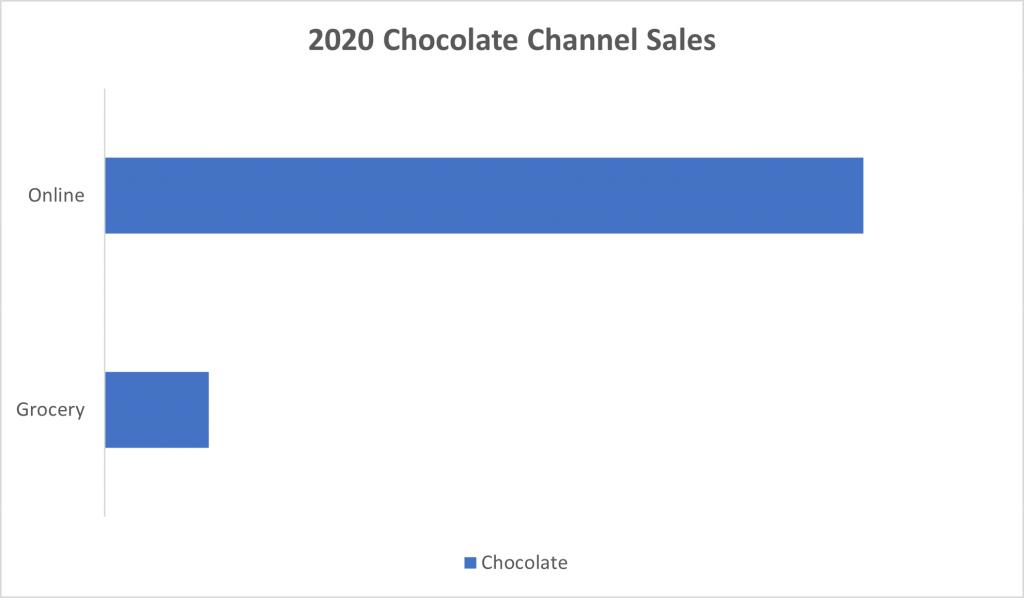For centuries, chocolate confectionery has held the palates of people around the world, with its irresistible taste and enduring attraction.
According to the insights shared by health experts, moderately consume chocolate helps in reducing the release of the stress hormone called cortisol and increasing serotonin which may help to calm the brain1.

Hence, observed that the sales of chocolate rose significantly in grocery channel (+10.5%) and +76.5% for online channel in year 2020, and this could be related to the impact of the COVID-19 pandemic2.
"Individuals opted to consume chocolate to alleviate stress and elevate their mood during the pandemic".
The global retail


